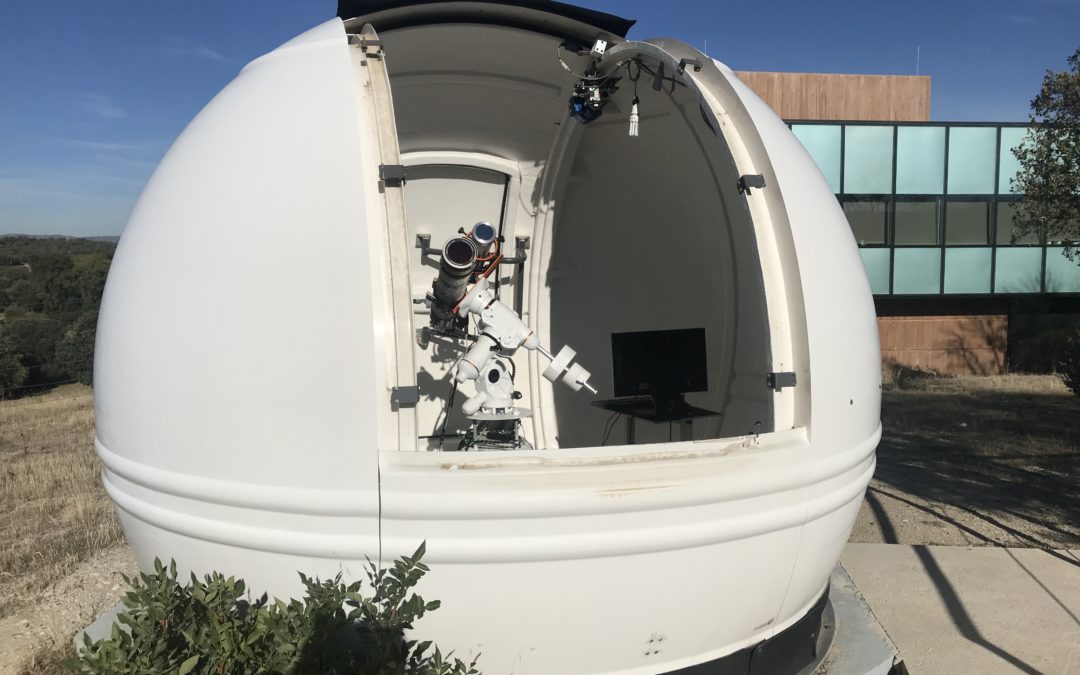We are happy to announce that the upgrading of CESAR’s Solar Observatory conducted by Space Robotics has concluded successfully. The telescopes are already back to work, the new devices perform just as expected, and the observatory is now robotized and can be controlled remotely.
About CESAR and its Solar Observatory
CESAR is an educational initiative of ESA‘s Science Space Astronomy Center (ESAC) whose main objective is to engage students with the wonders of astronomy and, more generally, science and technology. Multiple experiences are offered within this project, from guided visits to ESAC that include on-site practical experiences to stand-alone on-line exercises that make use of real scientific data and provide students with hands-on experience in real astronomy measurements or studies.
Among other sources, this data is provided by CESAR’s Solar Observatory. The observatory was installed in ESAC back in 2012 and ever since it has been monitoring the Sun activity with two different telescopes: A 90/800 Coronado Solarmax II 90 with a 0.5Å bandwidth centred in H-alpha, and a 102/1000 Bresser AR-102 with a BAADER AstroSolar™ Safety Filter.
About the new upgrades
Three major updates were performed in the observatory. First of all, we installed a new focuser specially designed for the SolarMax telescope. This device automatically focuses the Sun in the focal plane and then continuously adapts the focal distance as the temperature changes, providing us with sharp images all day long. Secondly, we wired all the power cables through a device that can be switched on and off from a computer, so now, we can use software to turn on or off any of the devices located inside the dome, including the dome itself, without human intervention. And finally, we connected the dome, the mount, the focusers and the CCD’s all to the same computer, so that the full observatory may be controlled with it.
With these three upgrades, we turned the CESAR Solar Observatory into a robotic remote observatory, as trough the internet, we can remotely connect ourselves to the computer at the observatory, switch on all the devices and perform complete observations.
All Images © NubaloStudios-SpaceRobotics


